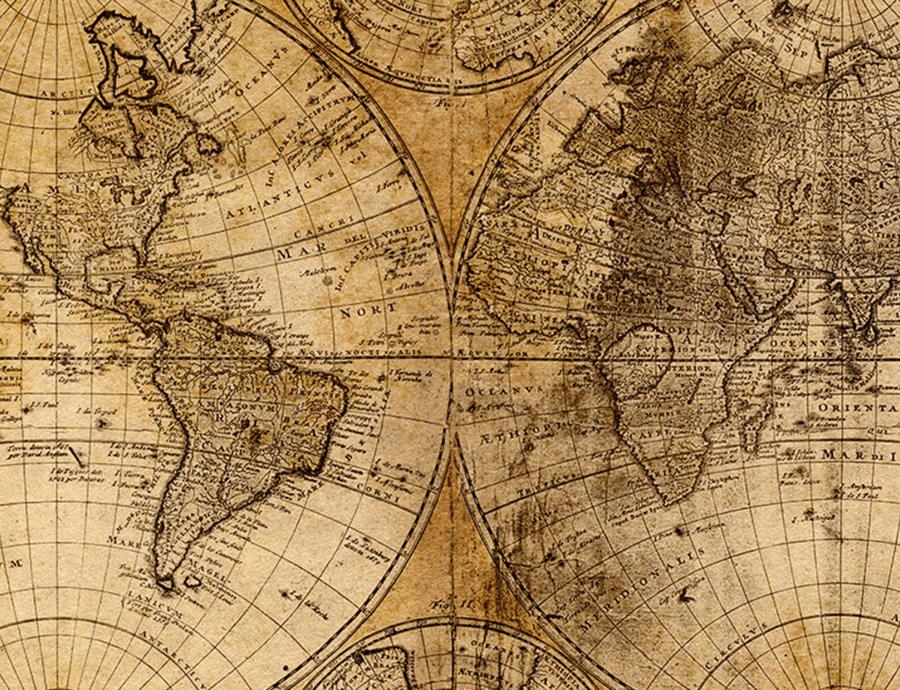
Are you curious about the profound impact of globalization on culture?
In this article, we will explore how the winds of globalization have transformed local traditions into global phenomena.
From cultural fusion and diversity to the challenges of preserving traditional practices, we will delve into the intricate web that connects different cultures in our modern world.
Through language and communication, we will uncover how globalization has shaped our interactions and fostered both opportunities for collaboration and threats to cultural authenticity.
Join us on this insightful journey as we navigate the ever-changing landscape of globalized culture.
Key Takeaways
- Globalization has led to cultural integration and multiculturalism, with food, music, art, literature, and fashion spreading across borders.
- Globalization threatens the authenticity of traditional practices and local traditions, as dominant global cultures overshadow them.
- Multilingualism bridges cultural gaps and enhances personal and professional opportunities, but dominant languages risk cultural assimilation.
- Globalization encourages artistic expression while honoring cultural roots, and cross-cultural collaboration leads to innovative works and a diverse artistic landscape.
Cultural Fusion and Diversity
Cultural fusion and diversity have been greatly influenced by the winds of globalization. As cultures interact and boundaries dissolve, cultural integration has become inevitable. Globalization has created a platform for multiculturalism to flourish, allowing people from different backgrounds to come together and share their unique traditions, customs, and beliefs. This exchange of ideas and practices has enriched societies worldwide, fostering a deeper understanding and appreciation for diverse cultures.
One significant aspect of cultural fusion is the blending of culinary traditions. Through globalization, food from various regions can be easily accessed and enjoyed globally. This not only satisfies our taste buds but also serves as a gateway to experiencing different cultures firsthand. Furthermore, globalization has facilitated the spread of music, art, literature, and fashion across borders. Artists now have a wider audience to showcase their talent and creativity.
In conclusion, the winds of globalization have propelled cultural fusion and diversity forward. It has fostered cultural integration on an unprecedented scale while promoting multiculturalism in all aspects of life. This global exchange of ideas continues to shape our world into one that celebrates freedom through diversity.
Challenges of Cultural Preservation
Preserving a community's traditions and heritage can be challenging in the face of globalization. The winds of cultural assimilation blow, threatening to erode the very essence of cultural authenticity. As societies become more interconnected, traditional practices are often overshadowed by dominant global cultures. This poses a significant challenge for communities striving to maintain their unique identity.

To illustrate this point, let's take a look at the following table:
| Challenges |
Implications |
Solutions |
| Loss of Cultural Authenticity |
Dilution of unique customs and traditions |
Emphasizing the importance of cultural preservation through education and awareness campaigns |
| Globalization's Influence on Consumerism |
Homogenization of consumer preferences |
Supporting local businesses and artisans to promote cultural products |
| Language Barrier |
Threat to linguistic diversity |
Promoting language learning programs and creating opportunities for intercultural communication |
These challenges highlight the delicate balance between adapting to globalization while preserving cultural heritage. It is crucial for individuals within these communities to actively participate in safeguarding their traditions, ensuring that they continue to flourish amidst the forces of change.
Language and Communication in a Globalized World
In order to effectively navigate the globalized world, you need to recognize the importance of language and communication. Multilingualism has become a crucial skill in this interconnected era, allowing individuals to bridge cultural gaps and establish meaningful connections with people from different backgrounds.
The ability to speak multiple languages not only enhances one's personal and professional opportunities but also promotes understanding and empathy between diverse communities. However, with the rise of globalization, there is also a risk of cultural assimilation as dominant languages gain prominence over native tongues.
It is essential to strike a balance between embracing linguistic diversity and preserving local languages and cultures. By valuing and promoting multilingualism while respecting the uniqueness of each culture's language, we can foster a truly inclusive global society where freedom of expression thrives.
Globalization's Influence on Traditional Arts and Crafts
The influence of globalization can be seen in how traditional arts and crafts have evolved. As the world becomes more interconnected, innovation in craftsmanship has taken center stage. Traditional techniques are being revived and blended with modern elements, resulting in unique and captivating works of art.
Innovation in craftsmanship is evident through the use of new materials and technologies. Artisans are embracing advancements such as 3D printing and laser cutting to push the boundaries of their craft. This fusion of tradition and modernity allows for greater creativity and experimentation.
Additionally, globalization has sparked a revival of traditional techniques that were once on the brink of extinction. As people from different cultures seek to preserve their heritage, there is a renewed interest in learning ancient skills such as weaving, pottery making, and wood carving. This resurgence not only keeps these traditions alive but also adds a contemporary twist to them.
Overall, globalization has breathed new life into traditional arts and crafts by encouraging innovation and reviving forgotten techniques. It has created a space for artisans to express themselves freely while honoring their cultural roots.

Opportunities for Cultural Exchange and Collaboration
Explore the exciting opportunities for you to collaborate and exchange cultural experiences with artisans from around the world. In today's globalized world, cross-cultural creativity is thriving, allowing individuals to connect and create together regardless of geographic boundaries. Through collaborations, artists are able to blend traditional techniques with contemporary ideas, resulting in innovative works that reflect a globalized cultural identity.
Imagine the possibilities when you, as an artist or enthusiast, can join forces with someone from a different part of the world. The exchange of ideas and techniques can lead to new artistic expressions that transcend borders and challenge conventional norms. This cultural exchange not only broadens our understanding of art but also fosters mutual respect and appreciation for diverse cultures.
To illustrate this concept visually:
| Traditional Techniques |
Contemporary Ideas |
| Age-old pottery making methods |
Modern designs inspired by urban life |
| Intricate embroidery patterns |
Bold colors and unconventional materials |
| Indigenous dance forms |
Fusion choreography blending styles |
By embracing these opportunities for collaboration, we can harness the winds of globalization to nurture a more inclusive and diverse artistic landscape. So go ahead, reach out across borders and let your creativity soar!
Frequently Asked Questions
How has globalization affected the growth and popularity of international cuisine?
Globalization has greatly impacted the growth and popularity of international cuisine. It has influenced traditional farming methods and food production, leading to the rise of fusion cuisine. This connection between globalization and culinary diversity highlights the freedom of choice in our globalized world.
What are some of the cultural challenges faced by indigenous communities in a globalized world?
Cultural assimilation and the loss of traditional knowledge are two significant challenges indigenous communities face in a globalized world. They struggle to maintain their unique cultural identities while navigating the pressures of globalization.
How does globalization impact the preservation of endangered languages?
Globalization poses significant challenges to the preservation of endangered languages. As cultures become homogenized, languages are at risk of extinction. Efforts must be made for language revitalization to ensure the freedom and diversity of linguistic expression.
Technology plays a crucial role in promoting cross-cultural communication in a globalized society. Digital platforms provide global connectivity, enabling people from different cultures to connect, share ideas, and learn from each other, fostering freedom and understanding.
The negative consequences of globalization on traditional art forms and crafts include a loss of authenticity and economic exploitation. To mitigate these, we must prioritize preserving cultural heritage and ensuring fair trade practices that value the artisans' contributions.

 SportsHollywoodLifestyleFashionHome & GardenTrendsPrivacy PolicyTerms And Conditions
SportsHollywoodLifestyleFashionHome & GardenTrendsPrivacy PolicyTerms And Conditions
